Introduction
Chaozhou Zongzi, also known as Teochew-style rice dumplings, is a culinary masterpiece rooted in the rich cultural heritage of Chaoshan region in Guangdong Province, China. These pyramid-shaped delicacies are celebrated for their harmonious blend of savory and sweet flavors, wrapped in bamboo leaves and steamed to perfection. Unlike other regional variations, Chaozhou Zongzi distinguishes itself through its intricate layering of ingredients, aromatic spices, and a delicate balance of textures. This article delves into the history, cultural significance, and meticulous preparation process of Chaozhou Zongzi, offering a comprehensive guide for enthusiasts eager to recreate this gastronomic treasure in their own kitchens.
A Brief History and Cultural Significance
The tradition of Zongzi dates back over 2,000 years to the Warring States period, when people began wrapping glutinous rice in bamboo leaves as offerings to the river god to commemorate the patriotic poet Qu Yuan. Over centuries, this ritual evolved into a beloved culinary practice, with each region developing its unique interpretation. Chaozhou Zongzi, in particular, reflects the Teochew people’s penchant for precision and flavor complexity.
In Teochew culture, Zongzi holds a special place during festivals like Dragon Boat Festival (Duanwu Festival), where families gather to prepare and share these dumplings as symbols of unity and heritage. The craftsmanship involved in assembling Chaozhou Zongzi—with its layered fillings and artful wrapping—mirrors the Teochew diaspora’s dedication to preserving their cultural identity, even as they migrated globally.
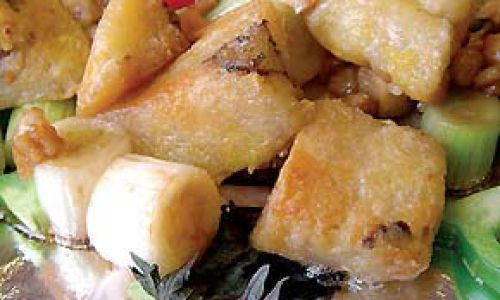
Ingredients: The Foundation of Flavor
Creating authentic Chaozhou Zongzi requires careful selection of ingredients. Each component contributes to the dumpling’s signature taste profile:
- Glutinous Rice (Sticky Rice): The base of the dumpling, this rice variety absorbs flavors beautifully and provides a soft, chewy texture.
- Bamboo Leaves: Fresh or dried bamboo leaves impart a subtle grassy aroma and are essential for wrapping.
- Pork Belly: Marinated in a blend of soy sauce, five-spice powder, and sugar, this adds rich, savory depth.
- Mung Beans: Hulled and split, these provide a creamy, starchy contrast to the meat.
- Chestnuts: Roasted and halved, they add a sweet, nutty dimension.
- Dried Shrimp: Rehydrated and fried, these contribute umami and briny notes.
- Salted Egg Yolks: Brined and baked, these offer a luxurious, buttery richness.
- Shiitake Mushrooms: Rehydrated and sautéed, they add earthy complexity.
- Lotus Seeds: Optional but traditional, these lend a delicate floral sweetness.
- Aromatics: Garlic, shallots, ginger, and cilantro roots form the flavor backbone when sautéed.
- Spices: Five-spice powder, white pepper, and star anise elevate the dish’s aromatic profile.
- Sauces and Oils: Soy sauce, oyster sauce, sesame oil, and cooking oil bind the ingredients.
Preparation: A Multi-Day Process
Mastering Chaozhou Zongzi demands patience and organization. The preparation spans several days, with each step critical to the final outcome.
Day 1: Soaking and Marinating
- Glutinous Rice: Rinse 500g under cold water until clear. Soak for 6–8 hours to soften.
- Bamboo Leaves: If using dried leaves, soak overnight in warm water. Fresh leaves require 2–3 hours of soaking.
- Pork Belly: Cut 300g into 2×2 cm cubes. Marinate in 2 tbsp soy sauce, 1 tbsp five-spice powder, 1 tbsp sugar, 1 tsp salt, and 1 tsp white pepper. Refrigerate overnight.
- Mung Beans: Soak 200g for 4 hours, then steam until tender (20–25 minutes).
- Dried Shrimp: Soak 50g in hot water for 30 minutes, then drain and chop.
- Shiitake Mushrooms: Rehydrate 8–10 dried mushrooms in warm water. Slice into strips.
- Lotus Seeds: Soak 50g overnight, then split and remove bitter centers.
Day 2: Cooking and Assembling
Step 1: Preparing the Fillings
- Sauté Aromatics: Heat 2 tbsp cooking oil in a wok. Fry 3 minced garlic cloves, 2 chopped shallots, and 1 tbsp minced ginger until golden. Add 1 tbsp cilantro roots (or stems) and fry for 2 minutes.
- Cook Pork Belly: Add marinated pork and stir-fry until browned. Remove and set aside.
- Cook Mushrooms: In the same wok, sauté mushrooms with 1 tbsp oyster sauce and 1 tsp sugar until caramelized.
- Fry Dried Shrimp: Stir-fry chopped shrimp until fragrant. Set aside.
- Prepare Chestnuts: Roast 100g chestnuts at 180°C (350°F) for 15 minutes. Halve and remove shells.
- Salted Egg Yolks: Bake 8 yolks at 180°C (350°F) for 8 minutes until slightly firm.
Step 2: Seasoning the Rice
Drain the soaked rice. In a large bowl, mix rice with 2 tbsp soy sauce, 1 tbsp dark soy sauce (for color), 1 tbsp sesame oil, 1 tsp five-spice powder, 1 tsp salt, and 1 tsp sugar. Stir gently to coat evenly.
Step 3: Assembling the Zongzi
- Prepare the Leaves: Wipe soaked bamboo leaves dry. Overlap two leaves vertically, shiny side down, forming a cone.
- Layer Ingredients:
- Add 1 tbsp seasoned rice to the cone.
- Place a piece of pork belly, a chestnut half, a mushroom strip, and a pinch of lotus seeds.
- Add 1 tsp fried shrimp and a piece of salted egg yolk.
- Top with 1 tbsp steamed mung beans.
- Cover with another 1 tbsp seasoned rice.
- Fold and Secure: Fold the leaves over the filling, tucking the sides to form a pyramid. Tie tightly with kitchen twine, leaving no gaps.
Step 4: Cooking the Zongzi
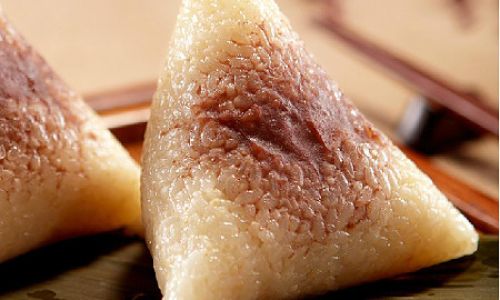
- Boiling Method: Place dumplings in a large pot. Cover with water (3–4 cm above dumplings). Bring to a boil, then reduce to a simmer. Cook for 4–5 hours, adding hot water as needed.
- Alternative: Use a pressure cooker for 1.5–2 hours on high pressure.
Step 5: Resting and Serving
Allow Zongzi to cool in the cooking liquid for 1 hour. This enhances flavor absorption. Serve warm or at room temperature, sliced open to reveal the layered interior. Pair with sweet chili sauce or a sprinkle of sugar for contrast.
Expert Tips for Perfect Chaozhou Zongzi
- Leaf Selection: Opt for wide, pliable bamboo leaves. If unavailable, substitute with banana leaves or parchment paper (though flavor will differ).
- Rice Consistency: Avoid over-soaking the rice, as it may become mushy. Test by pinching a grain—it should break easily but retain shape.
- Flavor Balance: Adjust seasoning to taste. Teochew cuisine emphasizes subtle sweetness; reduce sugar if preferred.
- Wrapping Technique: Practice the folding motion to prevent leaks. A tight wrap ensures even cooking.
- Storage: Uncooked Zongzi can be frozen for up to 3 months. Cook directly from frozen, adding 30 minutes to cooking time.
Variations and Modern Twists
While tradition reigns supreme, contemporary cooks often experiment:
- Vegetarian Option: Replace pork with textured vegetable protein (TVP) or mushrooms. Add diced carrots and bell peppers.
- Spicy Kick: Incorporate chili oil or Sichuan peppercorns into the marinade.
- Gluten-Free: Substitute soy sauce with tamari and use glutinous rice flour as a binder.
- Dessert Zongzi: Fill with red bean paste, coconut milk, and palm sugar for a sweet version.
Cultural Etiquette and Serving Suggestions
In Teochew households, Zongzi is unwrapped at the table as a communal ritual. The act of peeling back the leaves symbolizes unveiling shared memories. Serve with:
- Chinese Tea: Pu-erh or jasmine tea cuts through the richness.
- Pickled Vegetables: A crisp, tangy accompaniment.
- Congee: For a hearty breakfast pairing.
Conclusion
Chaozhou Zongzi is more than a dish—it is a testament to culinary artistry and cultural resilience. Each step, from selecting bamboo leaves to tying the final knot, embodies generations of wisdom and passion. Whether enjoyed during festivals or as a cherished home-cooked meal, these dumplings bridge past and present, inviting diners to savor the essence of Teochew heritage. With patience and practice, anyone can master this timeless recipe, ensuring that the flavors of Chaozhou endure for generations to come.
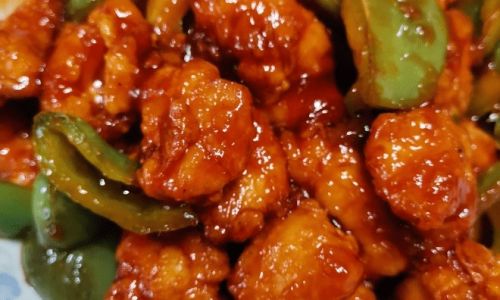
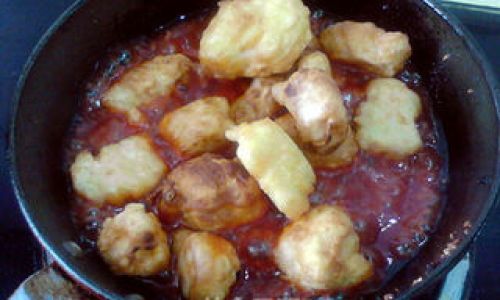
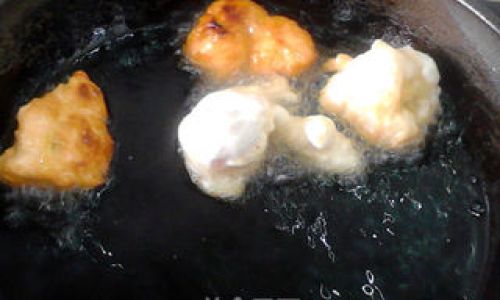
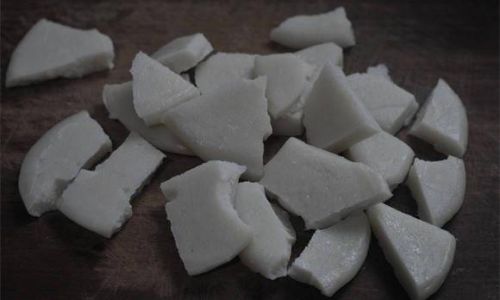
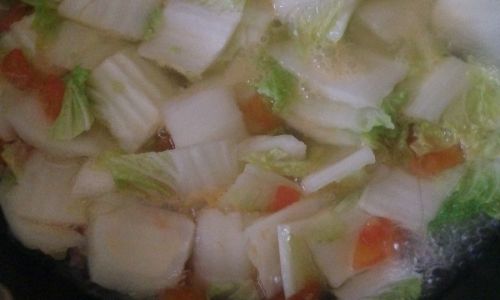
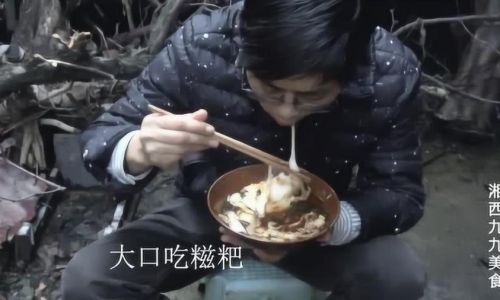
0 comments